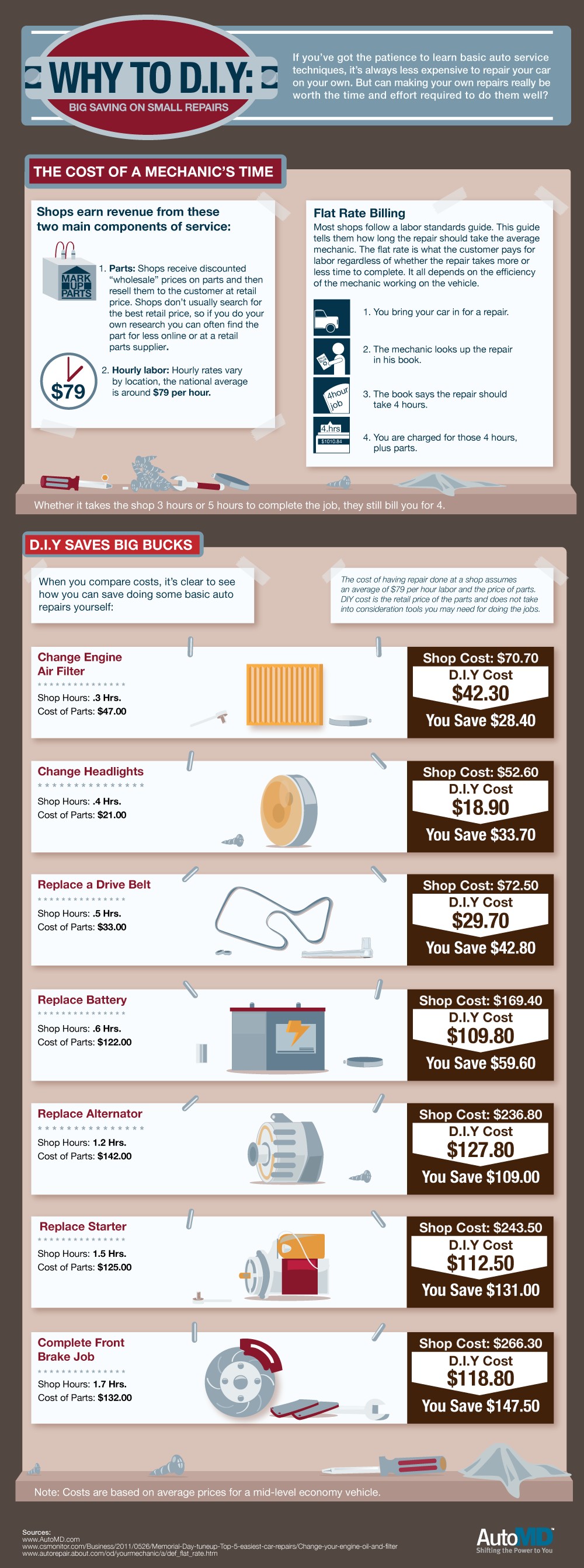Deciphering Your Vehicle'S Caution Indicators: What They Genuinely Indicate
Deciphering Your Vehicle'S Caution Indicators: What They Genuinely Indicate
Blog Article
carcleaningcompany -Higgins Gilbert
When you're behind the wheel, those glowing caution lights on your dashboard can be a bit complicated. Do you recognize what they're attempting to inform you about your cars and truck's wellness? Recognizing the relevance of these lights is crucial for your safety and the longevity of your car. So, the next time one of those lights pops up, would not you intend to analyze its message precisely and take the necessary actions to address it?
Common Caution Lights and Interpretations
Recognize typical caution lights in your auto and understand their meanings to make sure secure driving.
The most normal warning lights consist of the check engine light, which indicates concerns with the engine or emissions system. If this light comes on, it's crucial to have your lorry examined without delay.
The oil stress alerting light suggests reduced oil pressure, requiring instant attention to stop engine damages.
A blinking battery light may suggest a damaged charging system, potentially leaving you stranded otherwise dealt with.
The tire stress monitoring system (TPMS) light notifies you to low tire stress, impacting automobile stability and gas efficiency. Overlooking this might cause risky driving problems.
The abdominal light indicates a problem with the anti-lock stopping system, compromising your capability to stop promptly in emergency situations.
Lastly, the coolant temperature advising light warns of engine overheating, which can result in extreme damage otherwise resolved promptly.
Understanding these usual warning lights will aid you resolve concerns without delay and keep risk-free driving problems.
Relevance of Prompt Attention
Understanding the usual caution lights in your car is just the very first step; the relevance of immediately addressing these warnings can not be stressed sufficient to guarantee your safety and security when traveling.
When a caution light illuminates on your control panel, it's your auto's way of connecting a possible problem that requires attention. Disregarding these cautions can result in extra serious issues down the road, endangering your security and potentially costing you a lot more out of commission.
Prompt interest to cautioning lights can stop malfunctions and accidents. For example, a blinking check engine light can indicate a misfire that, if left ignored, can trigger damage to the catalytic converter. Resolving this promptly can conserve you from an expensive fixing.
In a similar way, a brake system cautioning light may signal low brake fluid or worn brake pads, critical parts for your safety and security when driving.
DIY Troubleshooting Tips
If you observe a caution light on your dashboard, there are a couple of do it yourself troubleshooting suggestions you can attempt before looking for professional aid.
The primary step is to consult your car's guidebook to understand what the specific warning light indicates. In some cases the concern can be as simple as a loosened gas cap causing the check engine light. Tightening up https://connervqkex.blue-blogs.com/38164282/twist-up-for-a-revealing-check-out-the-hidden-gems-of-top-tier-automobile-service-center-that-will-transform-your-automobile-upkeep-regular might resolve the trouble.
Another typical concern is a reduced battery, which can activate various warning lights. Checking the battery connections for rust and ensuring they're safe might deal with the problem.
If a warning light persists, you can try resetting it by detaching the auto's battery for a few mins and after that reconnecting it. Additionally, inspecting your car's liquid degrees, such as oil, coolant, and brake liquid, can assist troubleshoot warning lights connected to these systems.
Verdict
In conclusion, comprehending your car's warning lights is necessary for keeping your vehicle running efficiently and securely. By without delay resolving these notifies and recognizing what they imply, you can avoid pricey repair work and prospective failures.
Keep in mind to consult your vehicle's guidebook for particular details on each warning light and act accordingly to make sure a hassle-free driving experience.
Remain notified, remain risk-free when driving!
